Francis Bacon at the National Portrait Gallery is an emotional tour de force
‘Francis Bacon: Human Presence’ at the National Portrait Gallery in London puts the spotlight on Bacon's portraiture
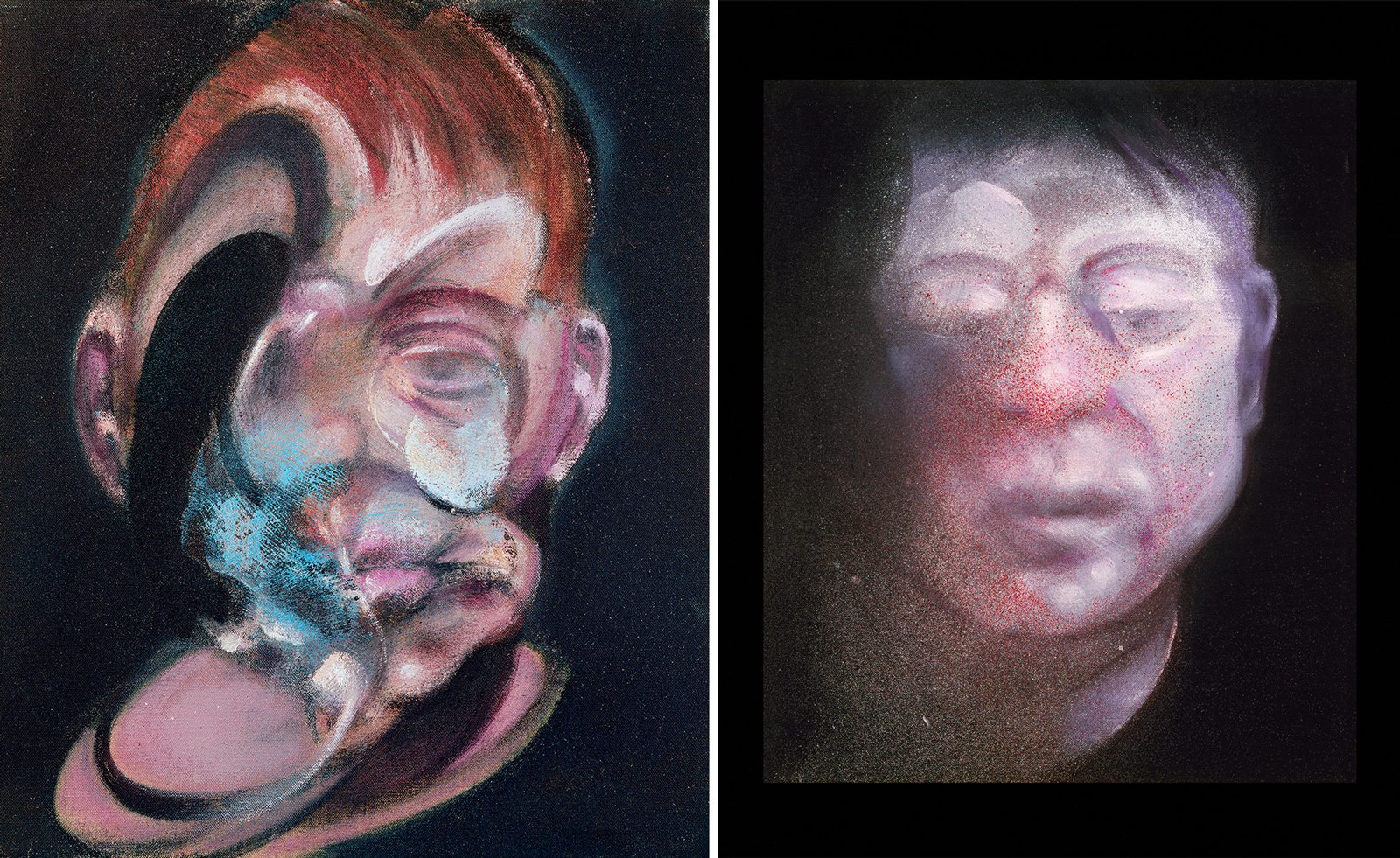
Francis Bacon’s distorted forms, caught in hellish moments, are etched into the brain of those with only a passing interest in the art canon, an eerie familiarity that still doesn’t prepare you for the sheer emotionality of his major retrospective at the National Portrait Gallery.
Taking you from Bacon’s early portraits in the 1940s, through self-portraits and portraits of friends in the 1950s, to the personal relationships that defined his work in the 1960s, the exhibition documents Bacon’s relationship with representation in his dismantling of both traditional power structures and tortured memorialisations of departed lovers.
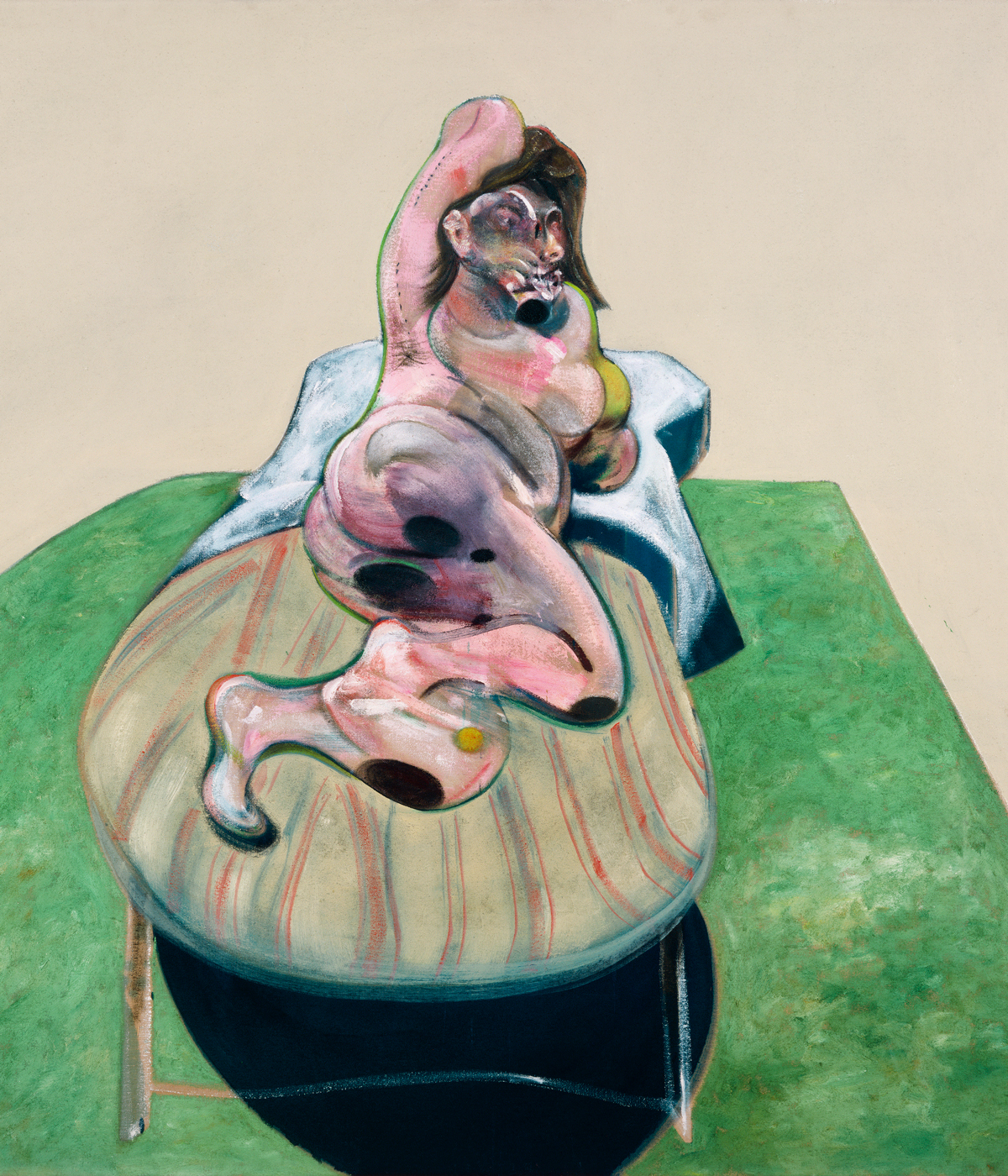
Henrietta Moraes, 1966, by Francis Bacon
Arranged chronically and thematically, the exhibition begins by paying particular care to the provenance of early work. In these screaming, anonymous men, Bacon was reinterpretating classical portraiture in a changed, post-war world. Greatly inspired by Velázquez’s Pope Innocent X (1649−50), Rembrandt’s Self-Portrait with Beret (1659) and Van Gogh’s The Painter on the Road to Tarascon (1888), Bacon began to incorporate colour after his fascination with the last saw a move away from monochrome and into a bruised prism of hues, from rich plums to sickly greens and deep pinks.

Portrait of a Man Walking Down Steps, 1972, Francis Bacon
Most striking, though, is the depiction of Bacon’s personal relationships, cataclysms which triggered an embrace of new styles and forms. His capturing of his tumultuous long-term relationship with former fighter pilot Peter Lacy is edged with an unsettling tenderness throughout, his naked form a vulnerable foil to the viscerality of the details. Upon his death, Bacon created a triptych of portraits, a format he often returned to when marking friendships or fraught endings. In real time, we watch the relationship disintegrate, the faces becoming more sunken, the image more monstrous, a scream of pain made tangible. When his lover, George Dyer, took his life a decade later, two days before Bacon opened a major Paris exhibition, we see his grief turn inwards. In a 1973 self-portrait, Bacon’s features are lost in a disorientating loop transformed by grief and solitude.
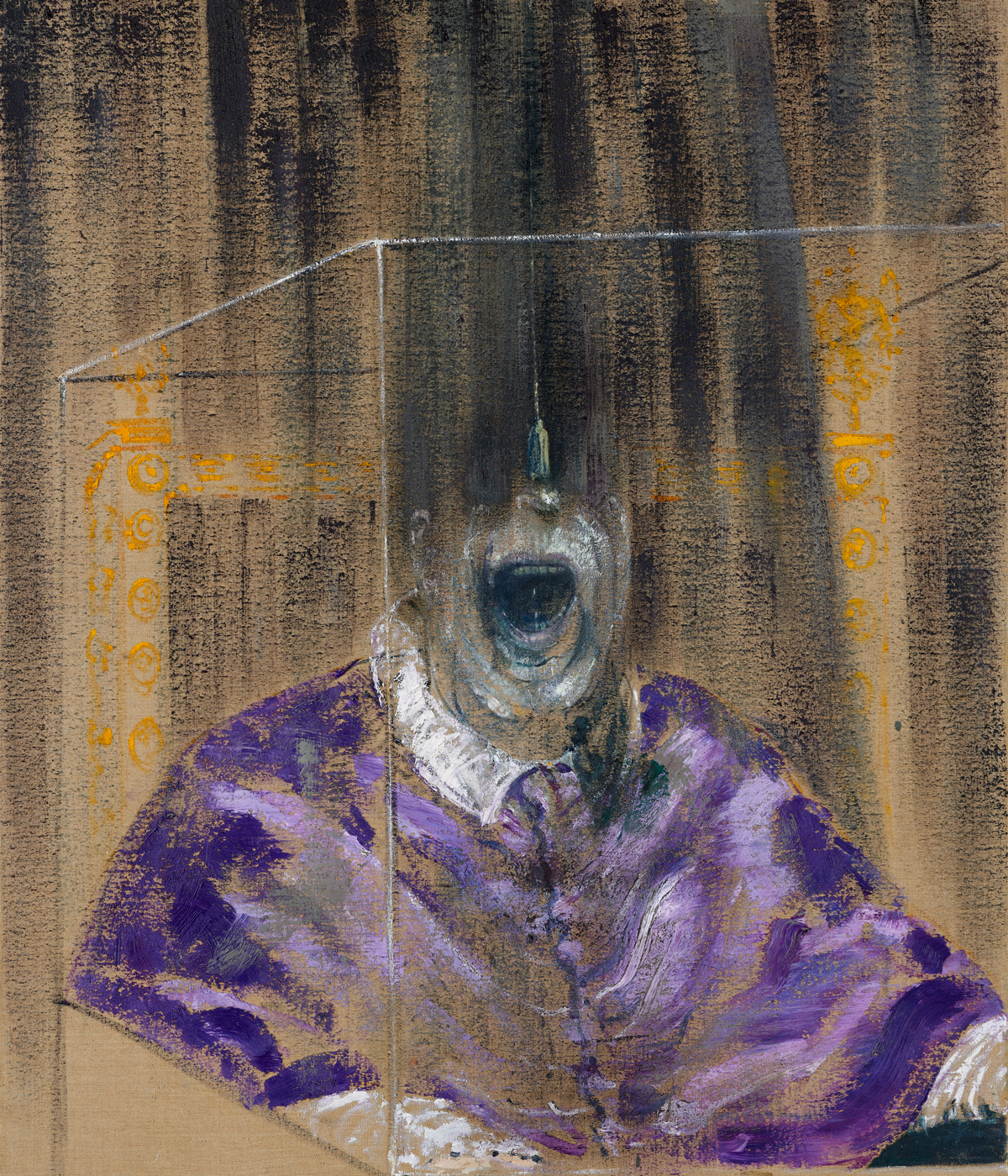
Head VI, 1949, by Francis Bacon
Alongside Bacon, the artist, here is Bacon, the man. He was fascinated by photographs of himself, and we are treated to portraits of him by friends including Cecil Beaton, Bill Brandt and Arnold Newman. In an interview, playing on a loop, he muses on his friends’ negative reaction to their depictions, something he attempted to avoid later in his career by refusing to paint from life, choosing only to paint from photographs or memories of the friends and lovers he knew well. It was no escape, though, from the emotion, despair and sensitivity that continued to mark his work, here traced throughout in heartbreaking, raw detail.
‘Francis Bacon: Human Presence’ is at the National Portrait Gallery, London, until 19 January 2025
Receive our daily digest of inspiration, escapism and design stories from around the world direct to your inbox.
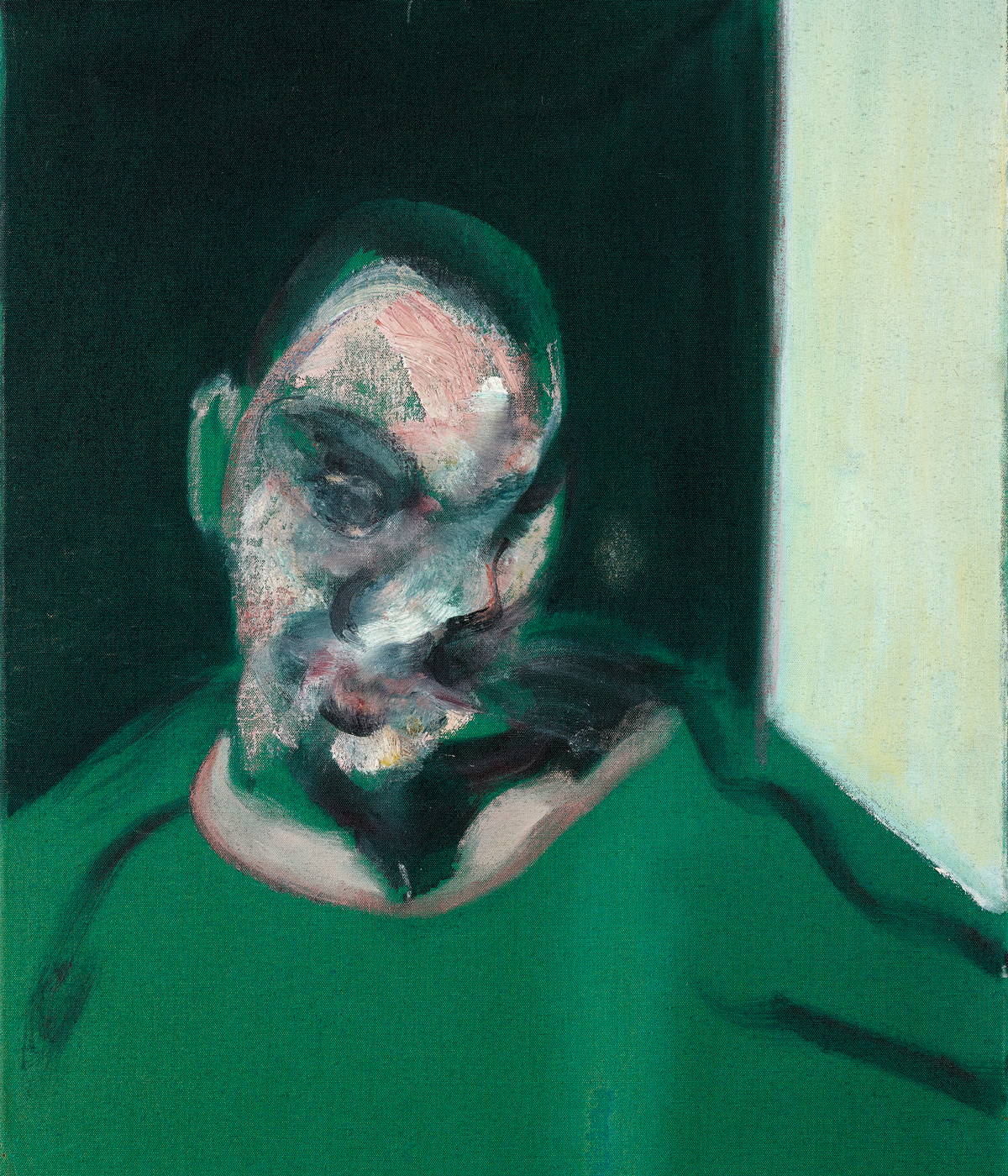
Head of Boy, 1960, by Francis Bacon

Francis Bacon, 1972, by Mayotte Magnus
Hannah Silver is the Art, Culture, Watches & Jewellery Editor of Wallpaper*. Since joining in 2019, she has overseen offbeat art trends and conducted in-depth profiles, as well as writing and commissioning extensively across the worlds of culture and luxury. She enjoys travelling, visiting artists' studios and viewing exhibitions around the world, and has interviewed artists and designers including Maggi Hambling, William Kentridge, Jonathan Anderson, Chantal Joffe, Lubaina Himid, Tilda Swinton and Mickalene Thomas.
-
 Alexander Wessely turns the Nobel Prize ceremony into a live artwork
Alexander Wessely turns the Nobel Prize ceremony into a live artworkFor the first time, the Nobel Prize banquet has been reimagined as a live artwork. Swedish-Greek artist and scenographer Alexander Wessely speaks to Wallpaper* about creating a three-act meditation on light inside Stockholm City Hall
-
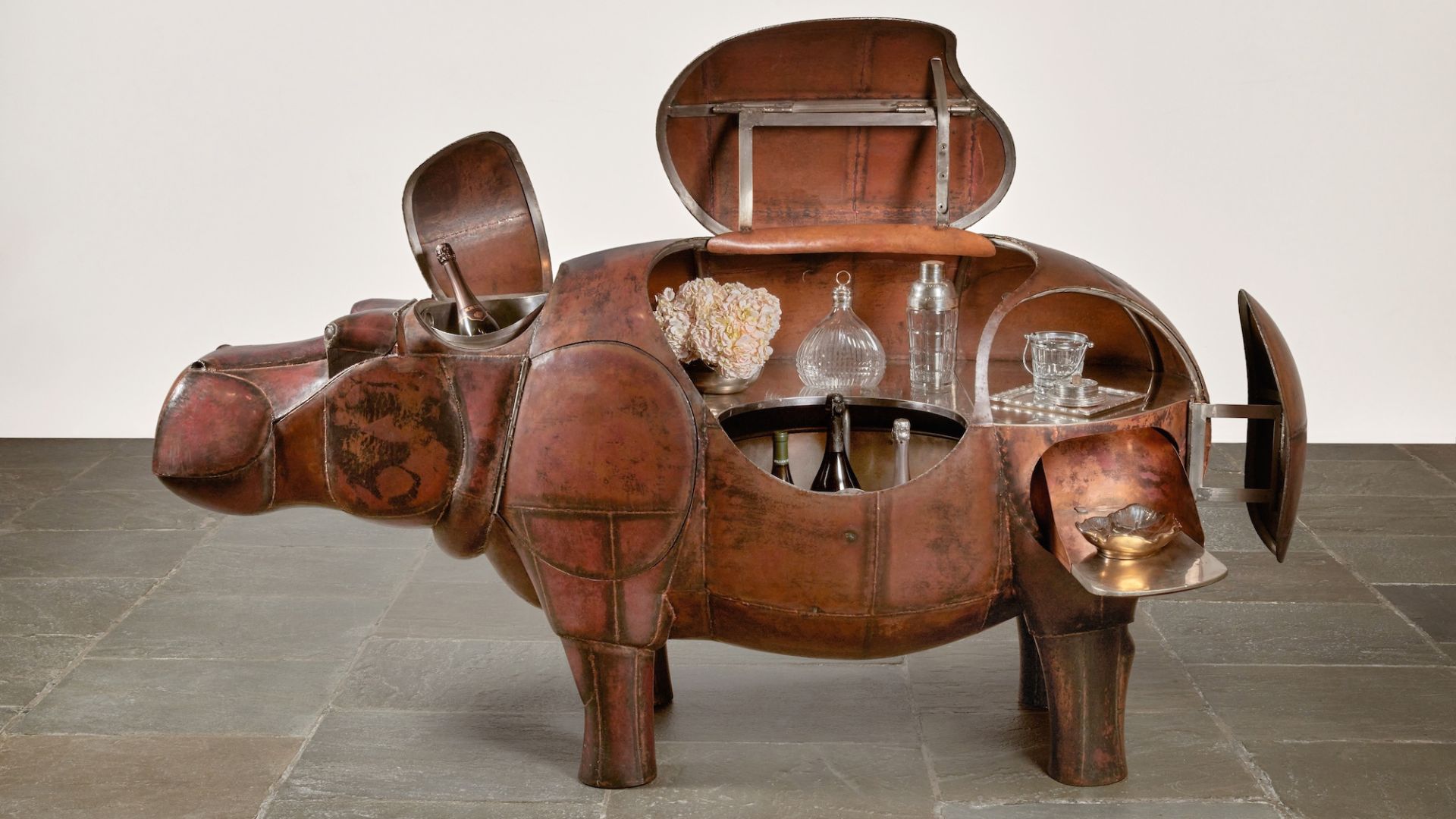 At $31.4 million, this Lalanne hippo just smashed another world auction record at Sotheby’s
At $31.4 million, this Lalanne hippo just smashed another world auction record at Sotheby’sThe jaw-dropping price marked the highest-ever for a work by François-Xavier Lalanne – and for a work of design generally
-
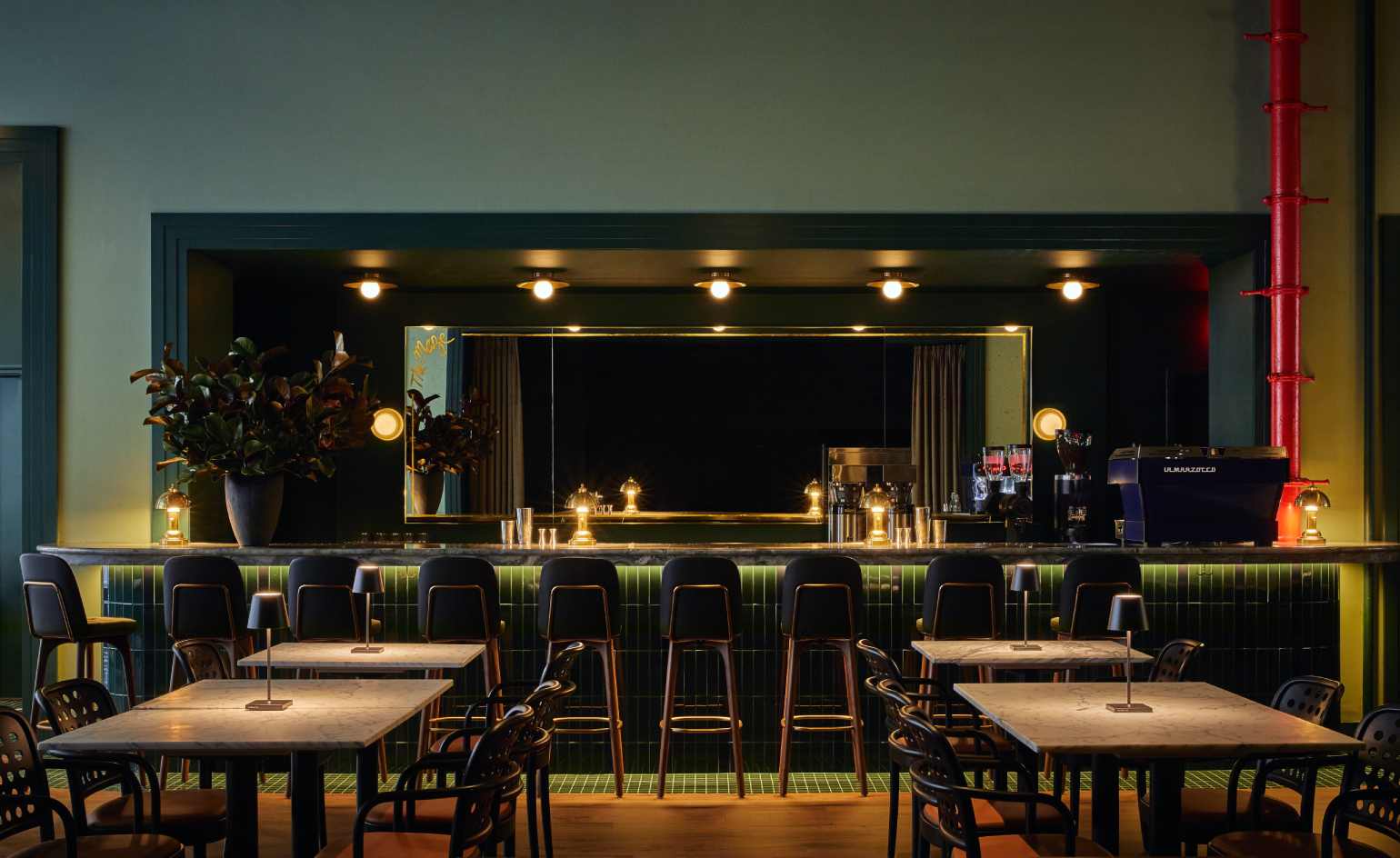 NYC’s first alcohol-free members’ club is full of spirit
NYC’s first alcohol-free members’ club is full of spiritThe Maze NYC is a design-led social hub in Flatiron, redefining how the city gathers with an alcohol-free, community-driven ethos
-
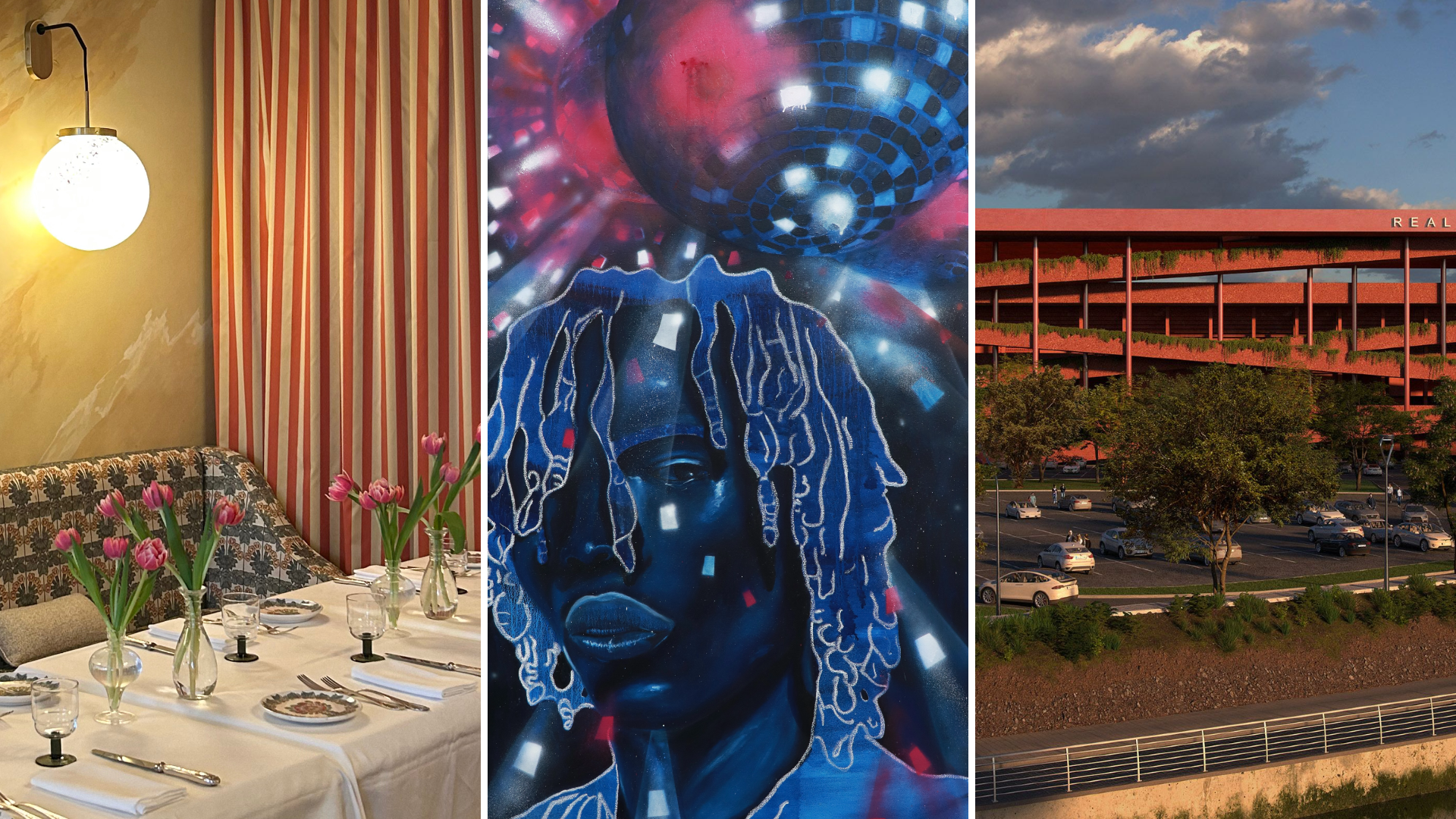 Out of office: The Wallpaper* editors’ picks of the week
Out of office: The Wallpaper* editors’ picks of the weekIt’s wet, windy and wintry and, this week, the Wallpaper* team craved moments of escape. We found it in memories of the Mediterranean, flavours of Mexico, and immersions in the worlds of music and art
-
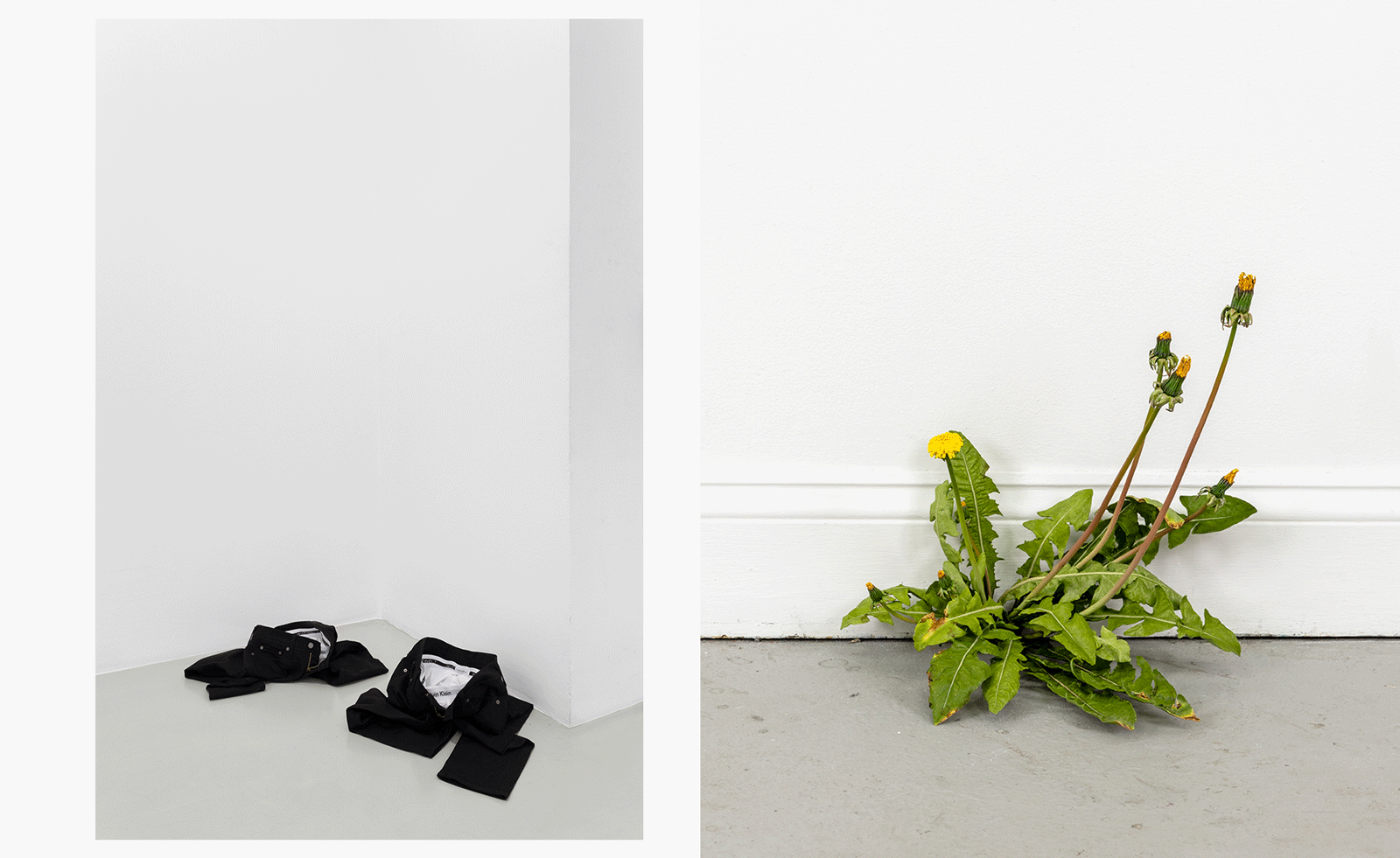 Each mundane object tells a story at Pace’s tribute to the everyday
Each mundane object tells a story at Pace’s tribute to the everydayIn a group exhibition, ‘Monument to the Unimportant’, artists give the seemingly insignificant – from discarded clothes to weeds in cracks – a longer look
-
 Out of office: The Wallpaper* editors’ picks of the week
Out of office: The Wallpaper* editors’ picks of the weekThis week, the Wallpaper* team had its finger on the pulse of architecture, interiors and fashion – while also scooping the latest on the Radiohead reunion and London’s buzziest pizza
-
 Out of office: The Wallpaper* editors’ picks of the week
Out of office: The Wallpaper* editors’ picks of the weekIt’s been a week of escapism: daydreams of Ghana sparked by lively local projects, glimpses of Tokyo on nostalgic film rolls, and a charming foray into the heart of Christmas as the festive season kicks off in earnest
-
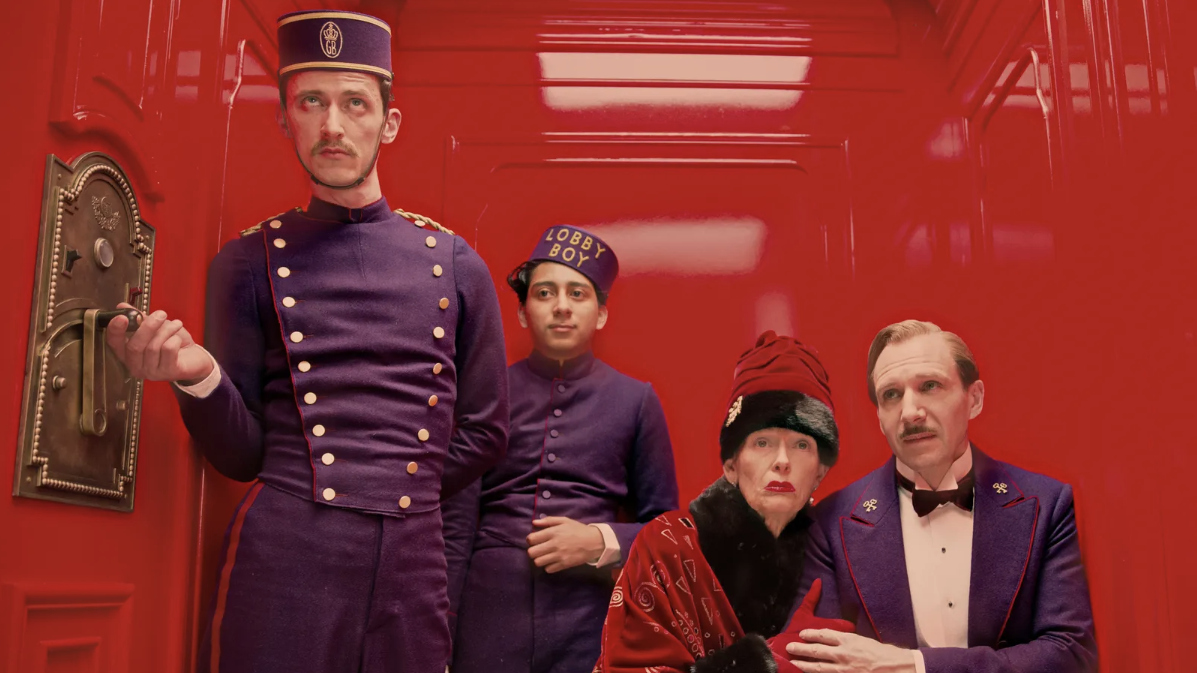 Wes Anderson at the Design Museum celebrates an obsessive attention to detail
Wes Anderson at the Design Museum celebrates an obsessive attention to detail‘Wes Anderson: The Archives’ pays tribute to the American film director’s career – expect props and puppets aplenty in this comprehensive London retrospective
-
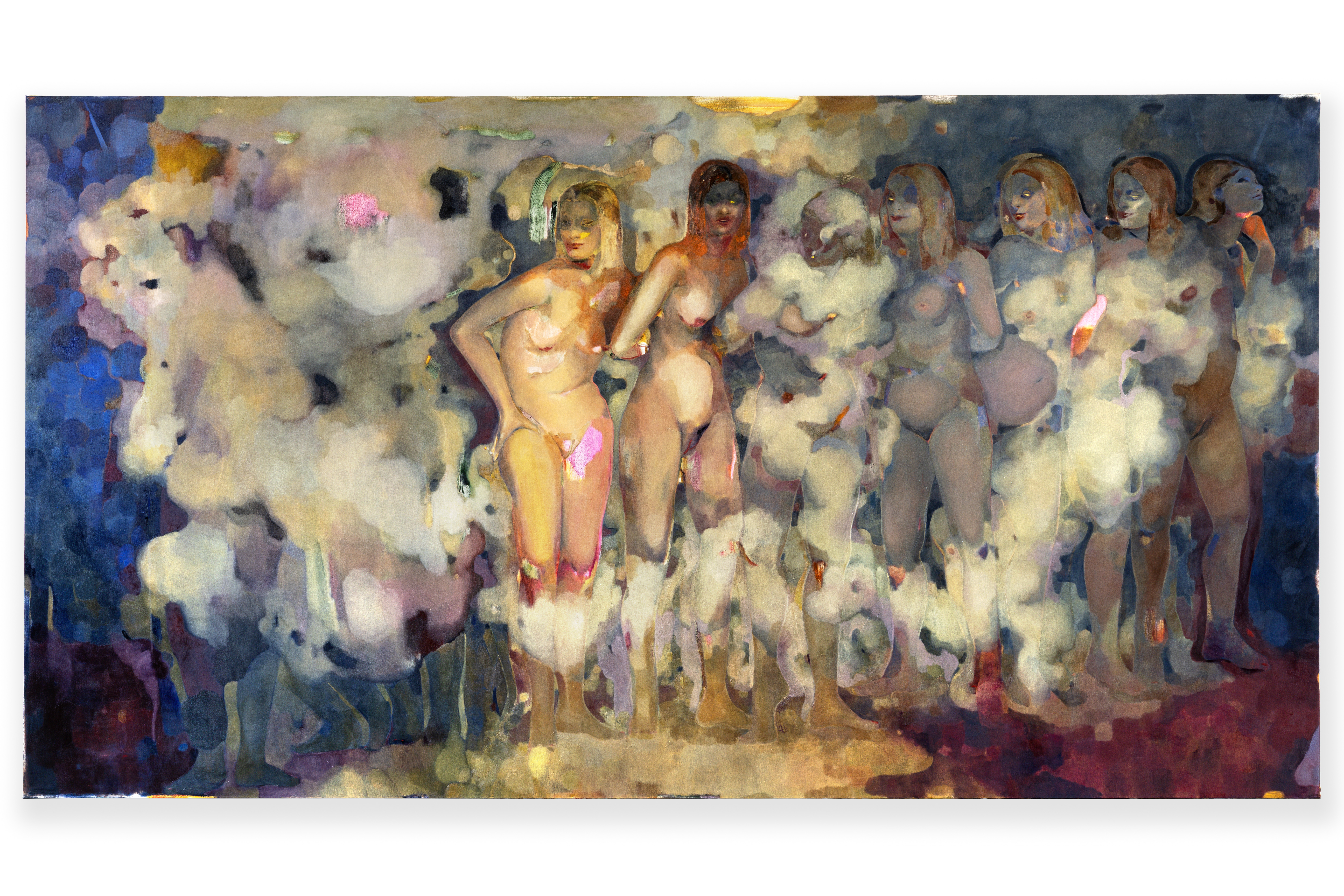 Meet Eva Helene Pade, the emerging artist redefining figurative painting
Meet Eva Helene Pade, the emerging artist redefining figurative paintingPade’s dreamlike figures in a crowd are currently on show at Thaddaeus Ropac London; she tells us about her need ‘to capture movements especially’
-
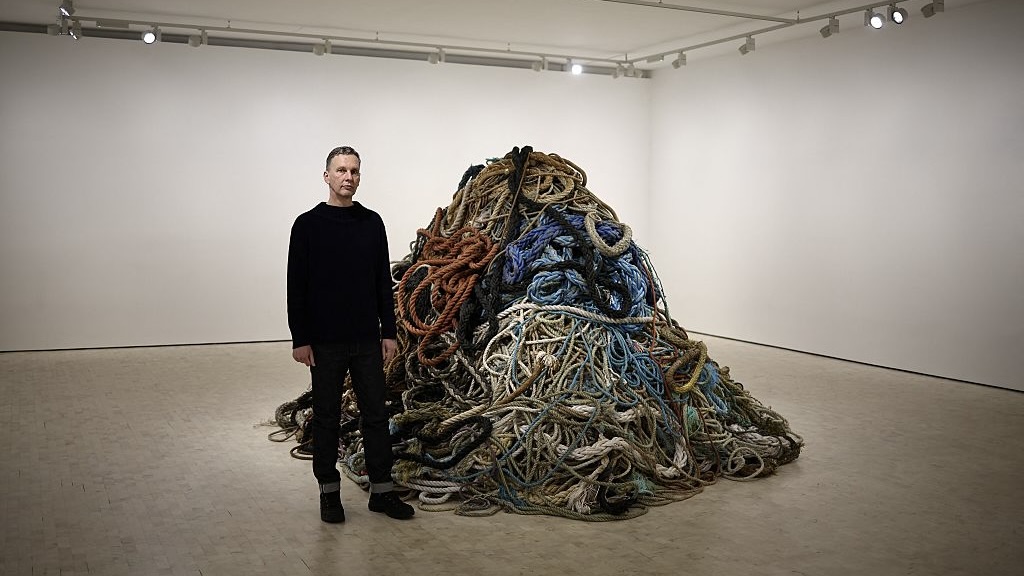 David Shrigley is quite literally asking for money for old rope (£1 million, to be precise)
David Shrigley is quite literally asking for money for old rope (£1 million, to be precise)The Turner Prize-nominated artist has filled a London gallery with ten tonnes of discarded rope, priced at £1 million, slyly questioning the arbitrariness of artistic value
-
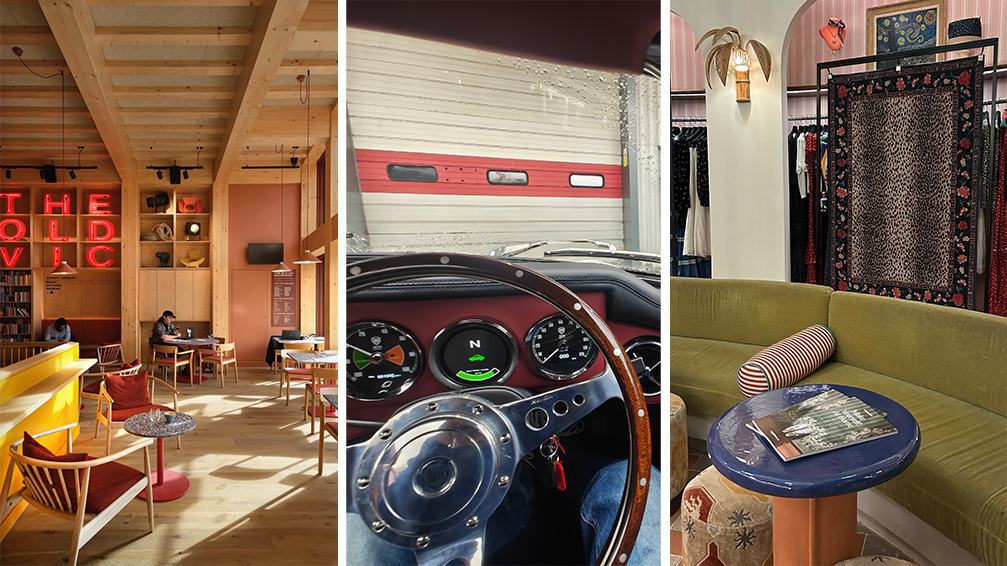 Out of office: The Wallpaper* editors’ picks of the week
Out of office: The Wallpaper* editors’ picks of the weekThe rain is falling, the nights are closing in, and it’s still a bit too early to get excited for Christmas, but this week, the Wallpaper* team brought warmth to the gloom with cosy interiors, good books, and a Hebridean dram